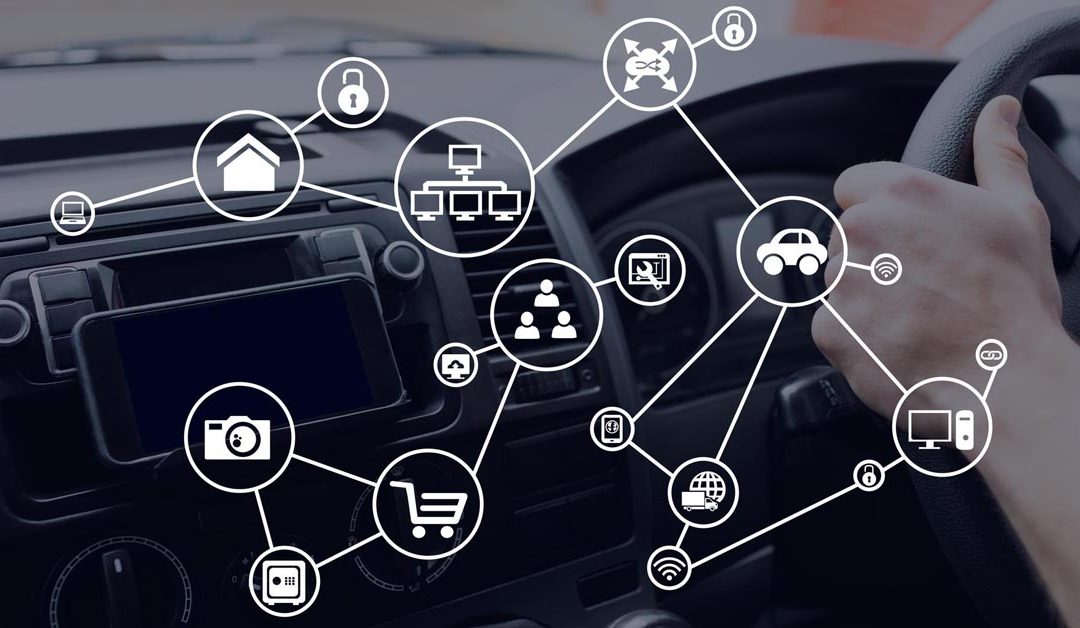The automotive industry is experiencing a technological revolution, with advancements in safety features taking center stage. As technology evolves, so does our ability to enhance vehicle safety, prevent accidents, and protect lives on the road. In this blog post, we delve into the future of automotive technology and explore some of the advanced safety features that are shaping the driving experience.
Collision Avoidance Systems
Collision avoidance systems use sensors, cameras, and radar technology to detect obstacles and potential collisions. These systems provide visual and audible warnings to alert drivers of imminent danger and can even apply brakes autonomously to prevent or mitigate collisions. With collision avoidance systems, vehicles can detect pedestrians, cyclists, and other vehicles, significantly reducing the risk of accidents.
Lane Departure Warnings and Lane Keep Assist
Lane departure warning systems use cameras to monitor lane markings and alert drivers if they unintentionally drift out of their lane. Some vehicles also offer lane keep assist, which gently steers the vehicle back into the lane to help prevent accidents caused by driver inattention or drowsiness. These features promote safer and more attentive driving.
Adaptive Cruise Control
Adaptive cruise control takes traditional cruise control to the next level. It uses radar or sensors to monitor the distance between your vehicle and the one ahead. The system automatically adjusts your vehicle’s speed to maintain a safe following distance, reducing the need for constant acceleration and braking. Adaptive cruise control enhances convenience, reduces driver fatigue, and improves overall safety on long drives or in heavy traffic.
Blind Spot Detection
Blind spot detection systems use sensors or cameras to monitor the vehicle’s blind spots and provide visual or audible alerts when another vehicle is detected. This technology helps drivers make safer lane changes and reduces the risk of collisions caused by overlooked blind spots.
Automatic Emergency Braking
Automatic emergency braking systems are designed to detect potential front-end collisions and apply brakes autonomously if the driver does not respond in time. These systems use a combination of sensors, radar, and cameras to monitor the road ahead, helping to reduce the severity of accidents or even avoid them altogether.
Pedestrian Detection
Pedestrian detection systems are designed to identify and monitor pedestrians near the vehicle, using sensors, cameras, or a combination of both. If a pedestrian is detected in the vehicle’s path, the system will issue warnings to the driver and apply the brakes if necessary. This technology plays a crucial role in improving pedestrian safety.
Advanced Driver Assistance Systems (ADAS)
Advanced Driver Assistance Systems encompass a range of features that work together to enhance overall safety. These include features like forward collision warning, automatic high beams, traffic sign recognition, parking assistance, and more. ADAS technology assists drivers in various scenarios, providing additional layers of safety and convenience.
The future of automotive technology is transforming the way we drive, with a strong focus on advanced safety features. From collision avoidance systems to lane departure warnings, these innovative technologies are playing a vital role in preventing accidents, reducing injuries, and saving lives on the road. As these features become more widespread, we can look forward to a safer and more connected driving experience. Embrace the future of automotive technology and drive with confidence, knowing that cutting-edge safety features are working alongside you to keep you and your loved ones safe.

